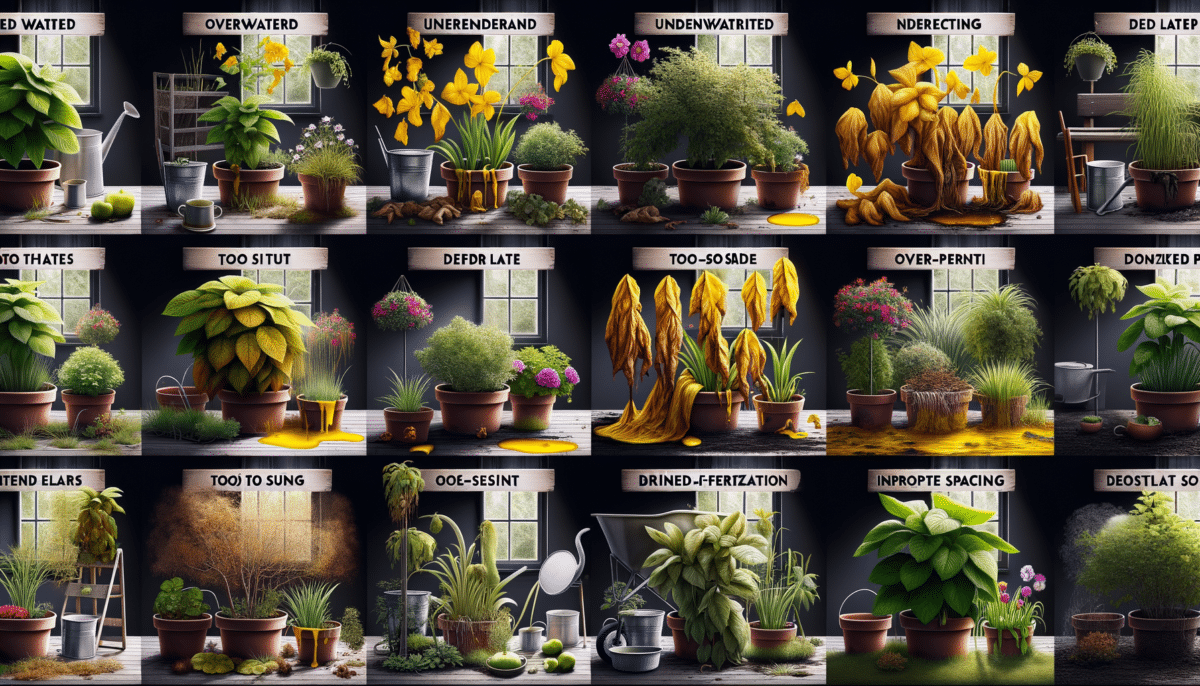Understanding Your Local Climate
One of the foundational aspects of successful gardening is understanding your local climate. Each region has its own unique climate characteristics, such as temperature ranges, rainfall patterns, and seasonal changes. These factors significantly influence which plants will thrive in your garden. For instance, a plant that flourishes in the humid Southeast may struggle in the arid Southwest.
To make informed decisions, consider the USDA Plant Hardiness Zone Map, which divides North America into 13 zones based on the average annual minimum winter temperature. Knowing your zone helps you select plants that are likely to survive and thrive in your area. Additionally, microclimates within your garden, such as areas with more shade or wind exposure, can affect plant growth.
Successful gardeners also keep an eye on local weather patterns. A sudden frost or unexpected heatwave can damage delicate plants, so being prepared with protective measures, like frost cloths or shade structures, can make a significant difference. By aligning your plant choices and gardening practices with your local climate, you can create a robust and flourishing garden.
Soil Health and Preparation
Soil is the foundation of any garden, and its health directly impacts plant growth. Before planting, it’s crucial to understand the type of soil you have and how to improve it. Soil can be sandy, clayey, or loamy, each with distinct characteristics affecting water retention and nutrient availability.
Conducting a soil test is a practical first step. This test will provide insights into the pH level and nutrient content of your soil, guiding you on necessary amendments. For example, if your soil is too acidic, adding lime can help balance the pH. Conversely, sulfur can be used to lower the pH if it’s too alkaline.
Organic matter, such as compost or well-rotted manure, is a gardener’s ally. It enhances soil structure, improves drainage, and provides essential nutrients. Mulching is another valuable practice, helping to retain moisture, suppress weeds, and gradually enrich the soil as it decomposes. By prioritizing soil health, you lay the groundwork for a thriving garden ecosystem.
Choosing the Right Plants
Selecting the right plants is a critical component of successful gardening. The key is to choose plants that are well-suited to your specific environment and gardening goals. Start by considering the purpose of your garden. Are you aiming for a vegetable plot, a flower garden, or a mix of both?
Research is essential when choosing plants. Look for species that are native or adapted to your region, as these are more likely to thrive with minimal intervention. Native plants often require less water and are more resistant to local pests and diseases. Additionally, consider the growth habits and mature size of plants to ensure they fit well in your garden space without overcrowding.
Companion planting is another strategy to explore. Certain plant combinations can enhance growth, deter pests, and improve flavors. For instance, planting basil near tomatoes can boost their growth and flavor. By carefully selecting your plants and planning their placement, you can create a harmonious and productive garden.
Watering Wisely
Water is a vital resource for any garden, but improper watering can lead to a host of problems, from root rot to drought stress. Understanding the water needs of your plants and adjusting your watering practices accordingly is essential.
Overwatering is a common mistake, often leading to waterlogged soil and root diseases. To avoid this, check the soil moisture before watering. A simple finger test can help; if the top inch of soil is dry, it’s time to water. Drip irrigation systems are an efficient way to deliver water directly to the roots, minimizing evaporation and runoff.
Conversely, underwatering can leave plants weak and susceptible to pests. Establish a regular watering schedule, adjusting for rainfall and seasonal changes. Early morning is generally the best time to water, as it allows foliage to dry during the day, reducing the risk of fungal diseases. By watering wisely, you can ensure your plants receive the hydration they need without waste.
Managing Pests and Diseases
Pests and diseases are inevitable challenges in gardening, but with the right strategies, they can be managed effectively. The first step is identifying the problem. Regularly inspect your plants for signs of damage or disease, such as discolored leaves, holes, or unusual growth patterns.
Integrated Pest Management (IPM) is a holistic approach that combines cultural, biological, and mechanical methods to control pests. Encourage beneficial insects like ladybugs and lacewings, which prey on harmful pests. Companion planting can also deter pests; for example, marigolds are known to repel nematodes.
When chemical intervention is necessary, opt for organic or less harmful options. Neem oil and insecticidal soap are effective against a range of pests and are safer for the environment. Additionally, practicing crop rotation and maintaining good garden hygiene can prevent the buildup of disease pathogens. By staying vigilant and adopting a balanced approach, you can protect your garden from pests and diseases without compromising its health.
